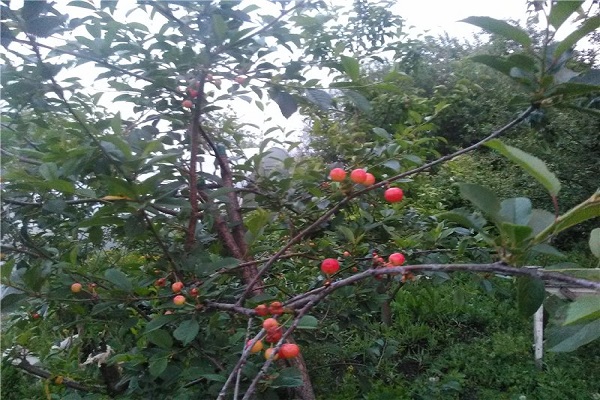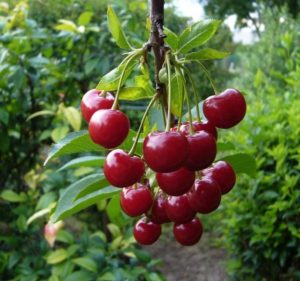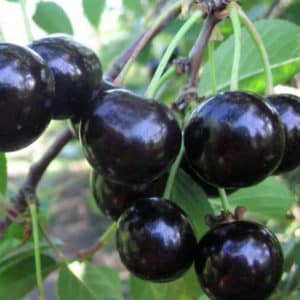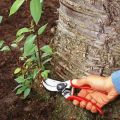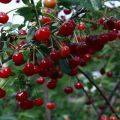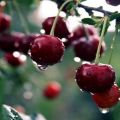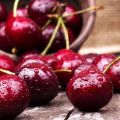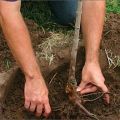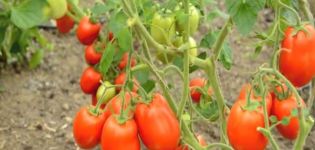Description of the cherry variety Uralskaya Chereshenka, regions for cultivation, planting and care
The success of the gardener lies in obtaining a high yield from the site. It depends on proper and timely care. One of the key factors is choosing the right tree. In the description of the Uralskaya Chereshenka cherry variety, it is indicated that it has a high yield. It is important for each region to choose the right variety. The taste of the fruit resembles a ripe cherry. Produces a good harvest.
Breeding history and regions of growth
A suitable region for growing is contained in the very name of the tree. The place of growth coincides with its origin. Breeders from the Urals sought to breed a species that would be unpretentious to weather conditions. This region is famous for extreme cold weather.
In 1950, breeder Gvozdyukova took up the development of a suitable variety. A new species was bred, which in 1959 was successfully registered in the State Register.
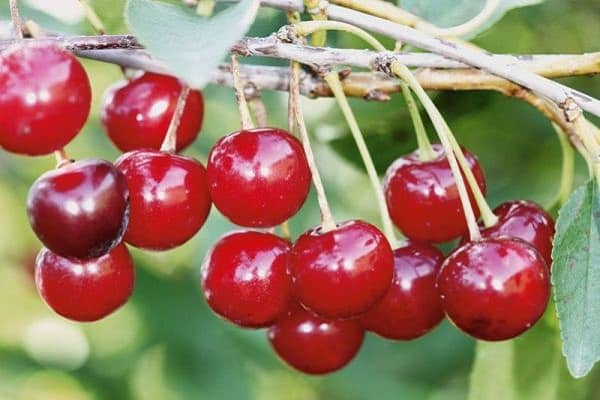
Description of the variety
Each cherry has distinctive characteristics.
Cherry Chereshenka is a low bush. According to statistics, the height of the plant is within 1.5-2 meters.
The description of the variety indicates that the bush has a wide crown, and it resembles a ball.
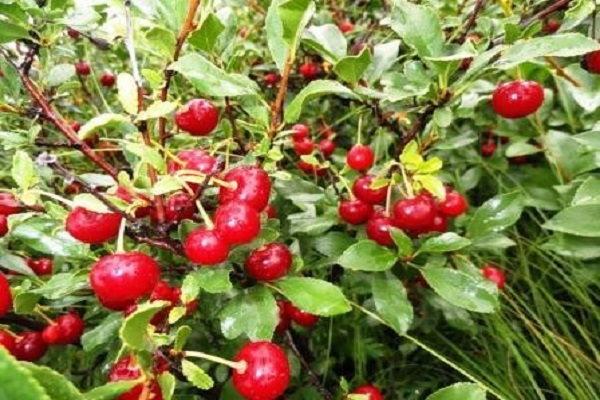
Mostly annual shoots bear fruit. The leaves have a pronounced shine and are oblong in shape.
The fruits are round, small in size. There is a concavity near the seam. Ripe berry reaches 17 mm in diameter. The color is ruby.
The pulp is juicy and of medium density. Cherry tastes similar to sweet cherry. The main feature is that the bone comes off well from the pulp. The fruits practically do not crack and adhere well to the stalks.
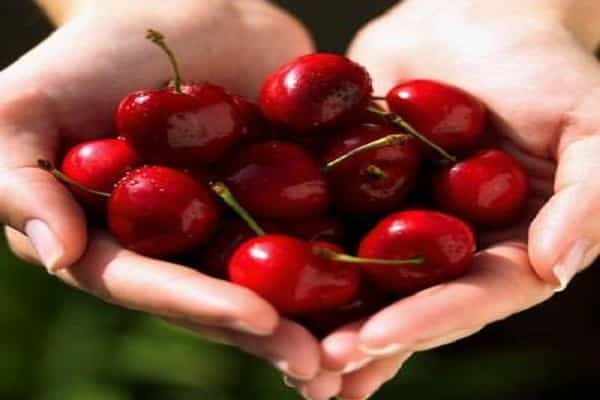
Characteristic
The main characteristics of this tree.
Pollination
Petershenka belongs to the group of self-fertile varieties. This suggests that cherry blossoms have a specific shape and cannot be pollinated. To get a rich harvest, she simply needs pollinators. If they are not on the site, then the tree will bloom magnificently every year, and there will be no harvest.
The bush itself is also a good pollinator and is used to pollinate other cherries.

Frost resistant
Petiole is resistant to cold and frost. Suitable for the Ural climate, as it is cold and changeable. Buds and shoots have high frost resistance.
There are scientifically proven facts that this variety could withstand temperatures as low as -35 degrees.
Flowering and ripening period
Another feature is the time of appearance of inflorescences. This period falls in late spring and does not intersect with frosts at all. This period is late May and early June.
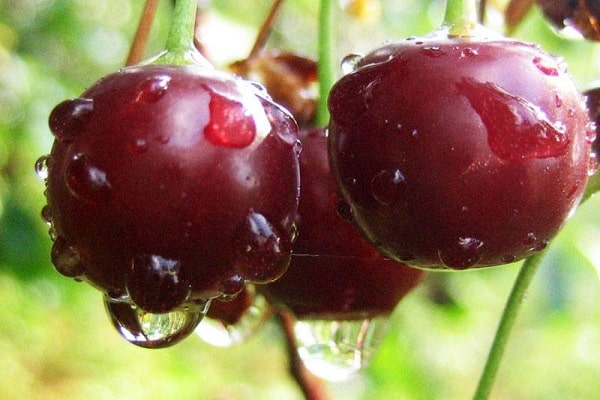
Fruits ripen at the same time, and this period falls in mid-August. When the sweet cherry is all ruby, you need to move on to picking berries.
Productivity and life span
Gardeners who purchased this variety after its breeding noted the high yield of cherries. Up to 7 kilograms of fruits are harvested from medium-sized cherries. There were cases when the yield from one tree was within 15 kg.
High-yielding cherry from 4 to 16 years old. The tree has a lifespan of up to 30 years.
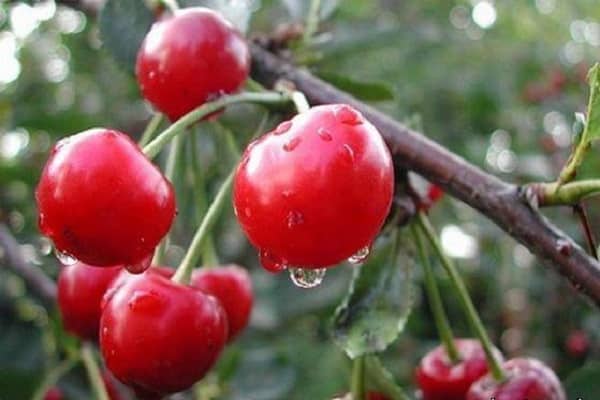
Advantages and disadvantages of the variety
Sweet cherry has a number of advantages that distinguish it from other varieties:
- Pleasant taste reminiscent of ripe cherries.
- High productivity.
- Resistance to temperature extremes.
- Early fruiting period.
- Long service life.
- Jam, compote, preserves are prepared from the fruits.

In addition, there are also disadvantages:
- Late flowering and fruiting.
- To obtain a good result, pollinators need to be planted in the surrounding area.
- Propensity for diseases and pests.
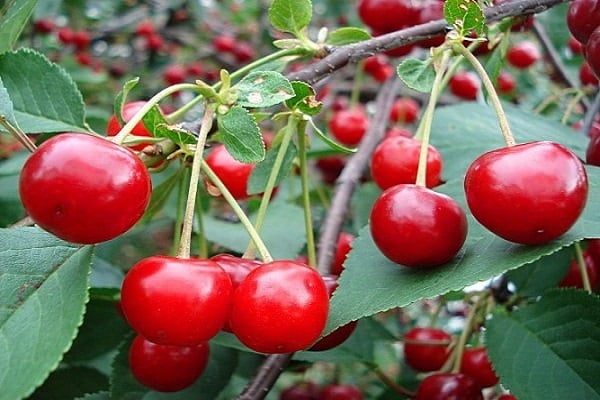
Planting and leaving
For good growth of the tree and obtaining a rich harvest, you need to choose the right place on the site and fertilize the soil.
Place the seedlings in well-ventilated and sunny areas. The close location of groundwater is detrimental to the plant. The bush should grow on a hill so that melt water does not accumulate in the spring.
Gardeners recommend planting the tree in the spring, before the leaves appear. If the planting takes place in the autumn, then the risk of death of the seedling increases. After all, the tree has not yet matured and sometimes does not have the strength to withstand severe frosts.
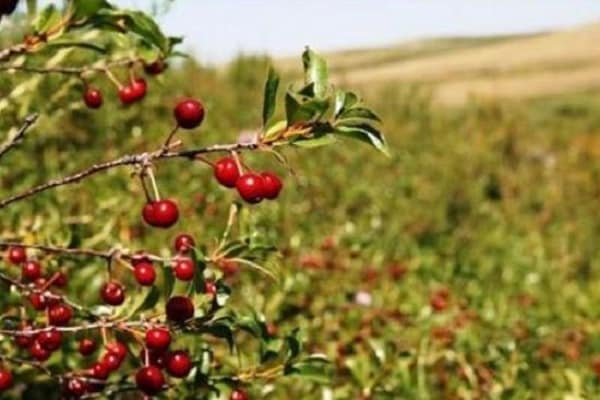
Proper tree care:
- After planting, it is important to water the seedling daily with settled water.
- Loosen the root soil periodically.
- If dead, withered or too long branches are found, cut them using a garden pruner.
- Fertilize and feed the plant from time to time.
- In the fall, phosphorus and potash fertilizers are applied.
- Fertilize the soil with manure or compost no more than once every four months.
- In spring, apply nitrogen-rich fertilizing.
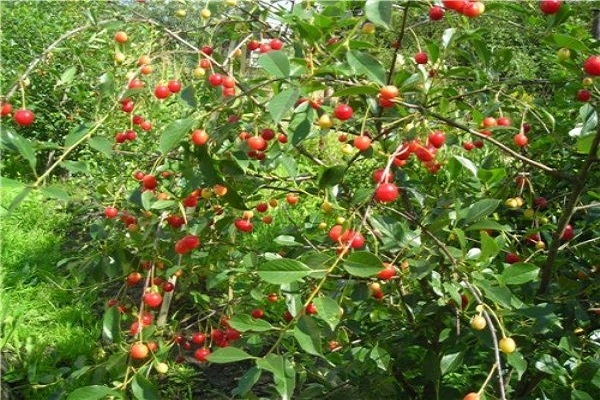
Diseases and pests
The variety is resistant to pests, namely aphids. But it is sensitive to a fungal infection called coccomycosis.
Signs are a change in leaf color from green to brown and a sudden sharp drop in foliage. This is very harmful for the plant, as a bare tree loses its nutrition and can dry out quickly.
It is possible to reduce the risk of infection of the seedling with this fungal disease by treating it with fungicides.
